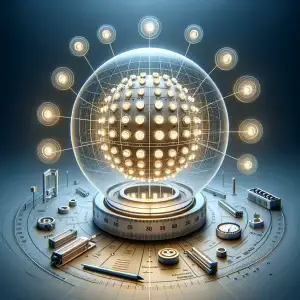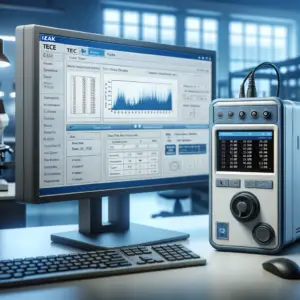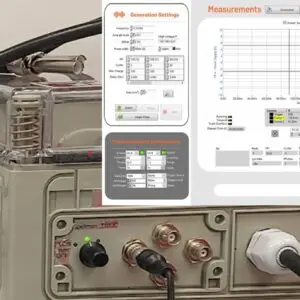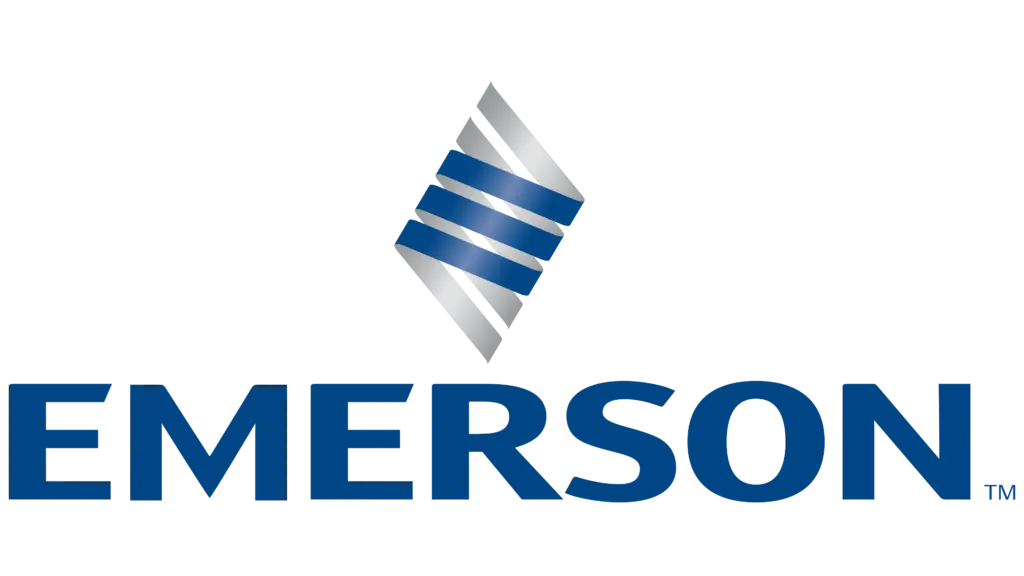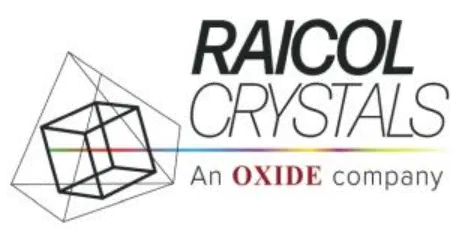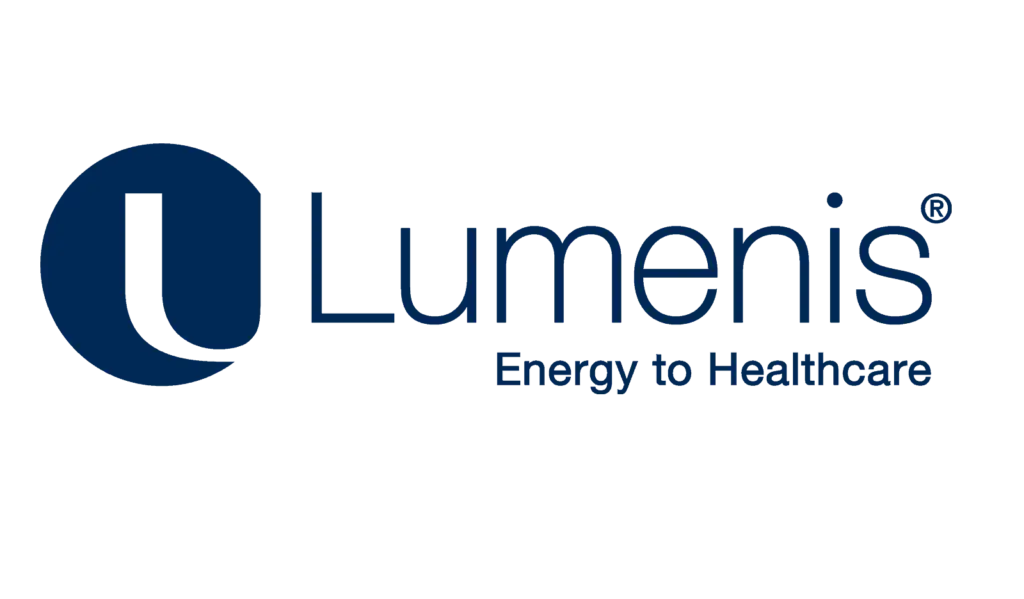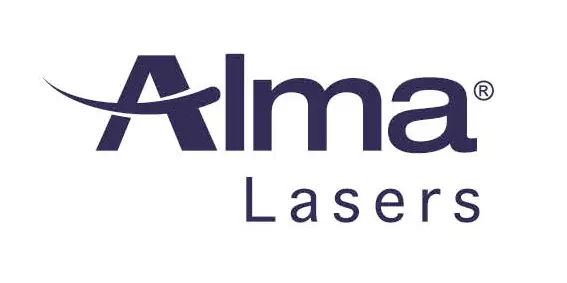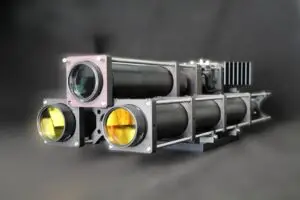Introduction
At the cutting edge of semiconductor-based lighting technology, LEDs are pivotal in various applications from general lighting to sophisticated optical devices. Understanding the underlying physics and engineering principles of LEDs is crucial for engineering managers and professionals. This article delves deeper into the optical properties of LEDs, exploring their operation across the UV to infrared spectrum and integrating fundamental physics to optimize performance and ensure quality.
Optical Properties and Wavelength Considerations
LEDs are capable of emitting light across a broad spectrum, from ultraviolet (UV) to infrared (IR), making them suitable for a wide range of applications.
Ultraviolet LEDs: UV LEDs typically operate within a UV wavelength range, the minimum practical wavelength for current UV LED technology is around 265 nm, primarily limited by material absorption and the availability of suitable semiconductor materials like Aluminum Gallium Nitride (AlGaN). The photon energy is given by 𝐸=ℎ𝜈, indicating challenges in achieving lower wavelengths with sufficient power and efficiency. These UV LEDs are primarily used in sterilization and analytical applications.
Infrared LEDs: At the other end of the spectrum, IR LEDs can emit wavelengths extending up to about 940 nm, IR LEDs are used in remote controls, surveillance, and telecommunication. The maximum wavelength is constrained by the semiconductor material’s bandgap, where materials like Gallium Arsenide (GaAs) are used for longer wavelengths, with 𝐸𝑔=ℎ𝑐/𝜆 describing the relationship between bandgap energy and emitted wavelength. Materials with smaller bandgaps are required for longer wavelengths, which can introduce challenges in terms of efficiency and thermal stability.
LED Beam Characteristics and Optical Design
The design of LED systems must account for the natural emission pattern and how it can be optimized through engineering:
- Natural Emission Pattern: LEDs inherently display a Lambertian emission pattern, disperses light in a wide, spherical shape. described by 𝐼(𝜃)=𝐼0cos(𝜃), ideal for applications requiring diffuse lighting. This pattern is useful for general lighting but less so for applications requiring focused or directed light.
- Enhanced LED Beam Quality with Optics: Implementing lenses and reflectors can significantly improve LED beam quality and alter this pattern for targeted applications. Lenses can focus or spread light more effectively, depending on the design:
- Single LED Lenses: These are designed to collect and direct light from a single LED chip, optimizing light output and focus.
- Multi-element LED Lenses: These lenses are engineered to handle light from LED arrays or multiple chips, harmonizing the output into a single directed beam, which is crucial for high-power applications like automotive headlights or stage lighting.

Thermal Management in LED Systems
Effective thermal management is crucial, as LED performance is highly temperature-dependent:
Temperature Effects: LED efficiency and spectral output can significantly shift with temperature changes. The relationship can be approximated by 𝜂(𝑇)=𝜂0𝑒−𝑇/𝑇o, where 𝜂 decreases with increasing temperature due to increased non-radiative recombination rates.
Thermal Regulation Strategies: Advanced cooling technologies and materials like graphene are explored to enhance heat dissipation, critical for maintaining LED performance, wavelength stability and longevity.
Making effective thermal management a cornerstone of LED system design.
Applications and Limitations
The choice of LED technology depends heavily on the application’s specific requirements for light intensity, direction, and spectral quality. LEDs are versatile but not universally ideal for all lighting needs.
Suitable Applications: Given their spectral control and efficiency, LEDs are ideal for environmental monitoring, medical imaging, plant growth environments, low-energy lighting installations, and commercial lighting, where their ability to produce diverse spectra and be easily integrated into compact designs is invaluable.
Limitations: The inherent physical properties of LED materials may not yet meet the needs of applications requiring high-output, very precise spectral outputs, broad-spectrum light or extremely long-wavelength IR light. Applications requiring extremely high power output or beyond the current capabilities of LED technology may need alternative light sources. For instance, applications needing broad-spectrum light similar to sunlight are often better served by traditional halogen lamps.
Conclusion
For IZAK Scientific’s team, understanding the physics behind LED technology facilitates not just better product designs but also innovative applications in fields demanding high-efficiency, precision lighting solutions. By mastering the intricacies of LED operation and design, engineering leaders can harness this technology to its fullest potential, driving forward advancements in both commercial and technical applications.
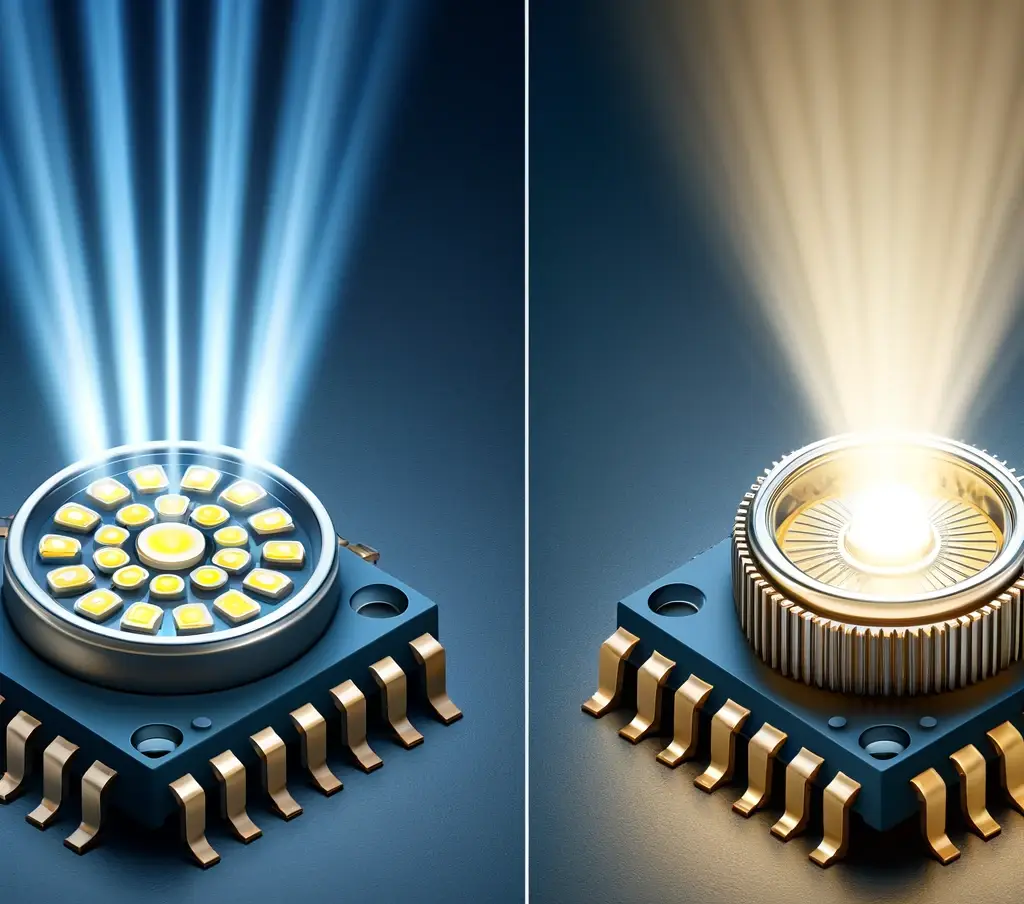
References
1. Kittel, C. (2005). Introduction to Solid State Physics. John Wiley & Sons.
2. Pankove, J. I. (1971). Optical Processes in Semiconductors. Dover Publications.
3. Holonyak, N., & Bevacqua, S. F. (1962). “Coherent (Visible) Light Emission from Ga(As1-xPx) Junctions”. Applied Physics Letters.
Tzachi Sabati
CEO, IZAK Scientific
Physicist specializing in photonics and quantum technologies, with deep expertise in quantum sensors and advanced optical systems. Leads the Advanced Quantum Lab course at the Technion, bridging academic excellence with industry innovation. At IZAK Scientific, provides cutting-edge photonics-based solutions, developing customized inspection and sensing systems for R&D and production. Passionate about advancing quantum sensing applications and integrating novel technologies to meet industry needs.

